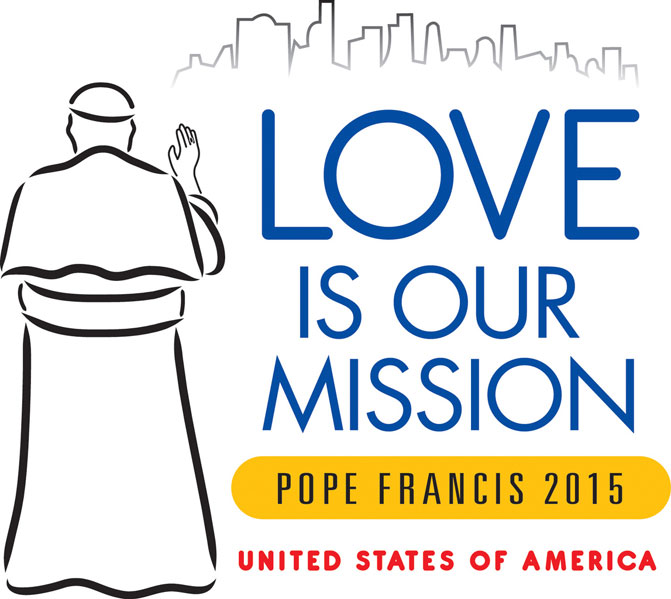Chapter Nine: What’s in an Image?
by Andrew Lichtenwalner, PhD
The ninth chapter of the World Meeting of Families preparatory catechesis, “Mother, Teacher, Family: The Nature and Role of the Church,” begins in the following way: The Church has institutional forms because she must work in the world. But that does not exhaust her essence. The Church is the Bride of Christ, a “she,” not an “it.”
What do we think of when we hear the Church described as “Bride” and “Mother”? What’s our first impression? Does it have anything to do with us?
My mom and dad raised me in the Catholic faith and encouraged a love for the Church from my earliest years. I don’t recall them speaking about the Church as “Mother” at home the way they talked of God as “Father,” but I think they conveyed that sense to me very naturally and practically in the way they lived the faith—love for Christ and love for the Church go together.
I remember during grad school coming across the work of Henri de Lubac, a French Jesuit theologian who was later made a Cardinal by Pope St. John Paul II. De Lubac had a great love for the image of the Church as Mother. In seeking to perceive and grasp the nature of the Church, his personal experience led him to describe in a simple, childlike way “the first of all words: the Church is my mother.” He said that the two words “Mother Church” (Ecclesia mater) express “the very reality of Christian life.”
How can the very reality of Christian life be conveyed by calling the Church our Mother? Because the Christian life is conceived and generated by her and lived in and through her. There is no Christian life without the Church.
To call the Church our Mother, which Pope Francis himself has done on many occasions, is not a mere pious expression or sentimentality. Christian discipleship hinges on the Church being our Mother, and the Church is only Mother because she is first the Bride of Christ. Encountering and following Jesus depends first and always on grace, which we receive from the Lord through the Church. The Church can only be fruitful in discipleship and truly a Mother if she is united to Christ, close to Him as His Bride. Without Him, we can do nothing.
The Church was loved into existence by Christ. The Fathers of the Church saw the Church being formed like the New Eve, drawn out of the pierced side of Christ on the Cross. The Church is not a haphazard byproduct or afterthought of the saving work of Christ but the intended fruit of Christ’s mission of redemption manifest with the Descent of the Holy Spirit at Pentecost. The world was created for the Church, the Bride of Christ, who as Mother would be the place of re-creation and regeneration in the Spirit.
In other words, Christ and the Church are inseparable. A Christian artist has expressed it well, saying that in Christ’s words: “You cannot care for Me, with no regard for her. If you love Me, you will love the Church.”
The image of the Church as the Bride of Christ, in addition to the image of the Church as the Body of Christ, powerfully conveys the mystery of the intimate union between Christ and the Church. The image of the Church as Mother conveys the fruitfulness that comes from being united in and with Christ. These images not only concern us but are about us. We are the Church in a real way. We are called to bear Christ to the world. As St. Augustine said to encourage Christians to live up to their identity: Be the bride.
As sinners, we know that we are in need of grace and do not always live up to the gift of holiness which marks the Church. The images of the Church as Bride of Christ and Mother encourage us to “press towards the mark” and to understand Christian discipleship as inseparable from loving the Church.
Even if we haven’t given the images of the Church as Bride of Christ and Mother much thought before, if we love the Church as Christ does, we are already living those images.
To see the rest of the monthly articles click here.
About the author
Andrew Lichtenwalner, PhD is the Executive Director of the Secretariat of Laity, Marriage, Family Life and Youth at the United States Conference of Catholic Bishops.





